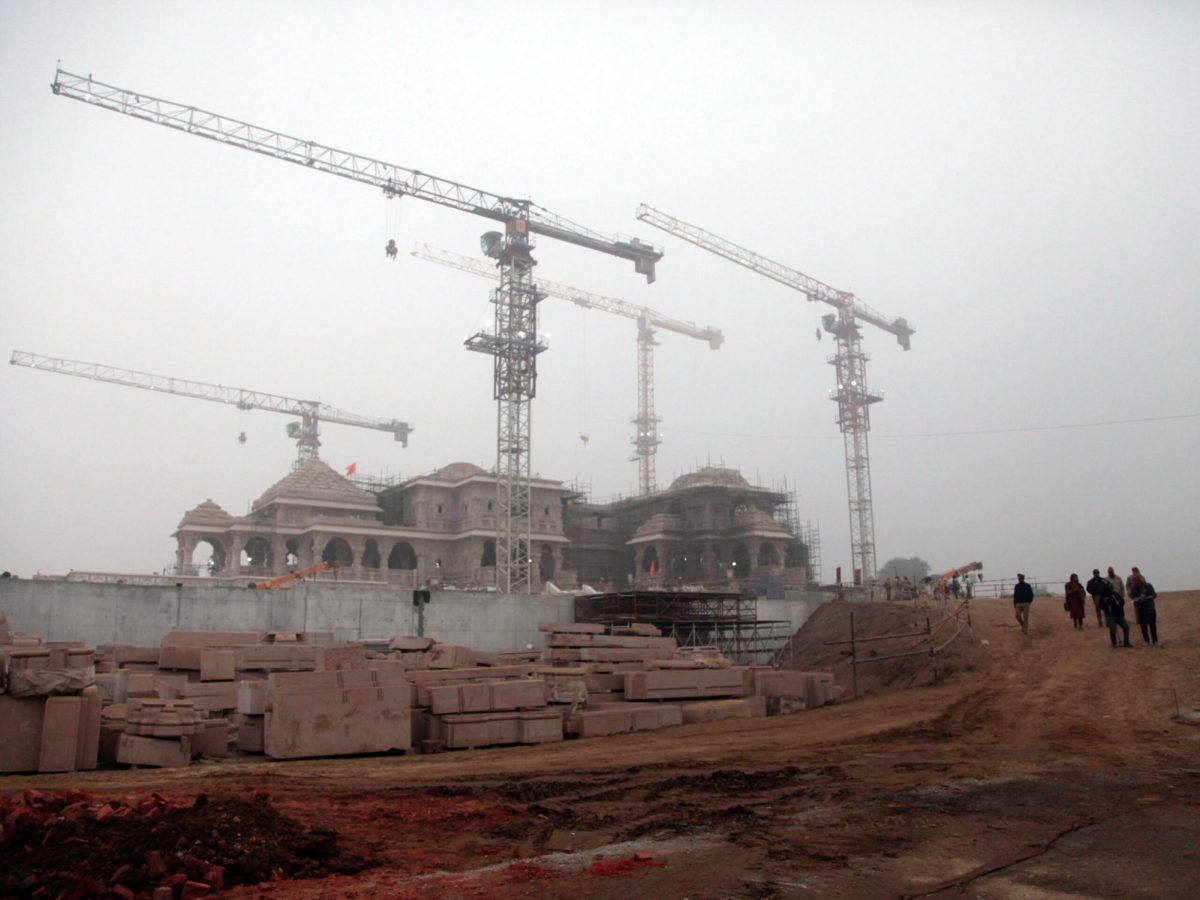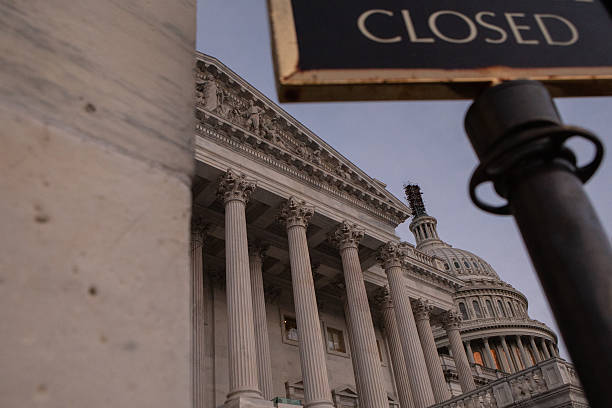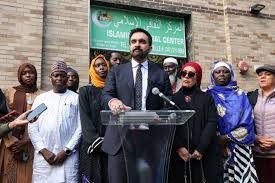A new Hindu temple will be built on the grounds of an old mosque in Ayodhya, India. 30 years ago the original mosque was destroyed by protestors, and now as a political ploy to help Prime Minister Narendra Modi to secure a third consecutive term in office, the mosque is being rebuilt. The plan was for the prime minister to participate in the reopening rituals, but the mosque remains unfinished.
Back in December, during a tour of the compound arranged for foreign journalists, dozens of workers in bright yellow hard hats walked past police in green fatigues sporting assault rifles. They had to walk past a watchtower and a sandbagged police checkpoint that guarded the entrance to the sprawling construction site surrounded by high walls. As they entered, the workers chanted, “Jai Shri Ram!” or “Victory to Lord Ram,” one of the most revered deities of the Hindu religion. Over the years, those chants have become a rallying cry of Hindu nationalists, who believe India should serve its Hindu majority instead of being a democracy. The rebuilding of the mosque is said to be a seismic event that critics say will help transform India from a democracy into a Hindu nationalist state.
Journalists also say that the Indian prime minister and the way he is seen as upholding the Hindu faith and identity of so many Indians is what will carry his party to victory in upcoming elections. But Modi’s presence at the temple, “essentially means a political declaration in favor of Hindu supremacy,” argued Ashutosh Varshney, director of the Saxena Center for Contemporary South Asia at Brown University.
Along with the political sway that this mosque has the potential to bring, the rebuilding is deeply important to the culture and the people of India. Usha Pandey, a single mother raising two teenage daughters in Ayodhya, said, “Now Lord Ram has a home.”
















